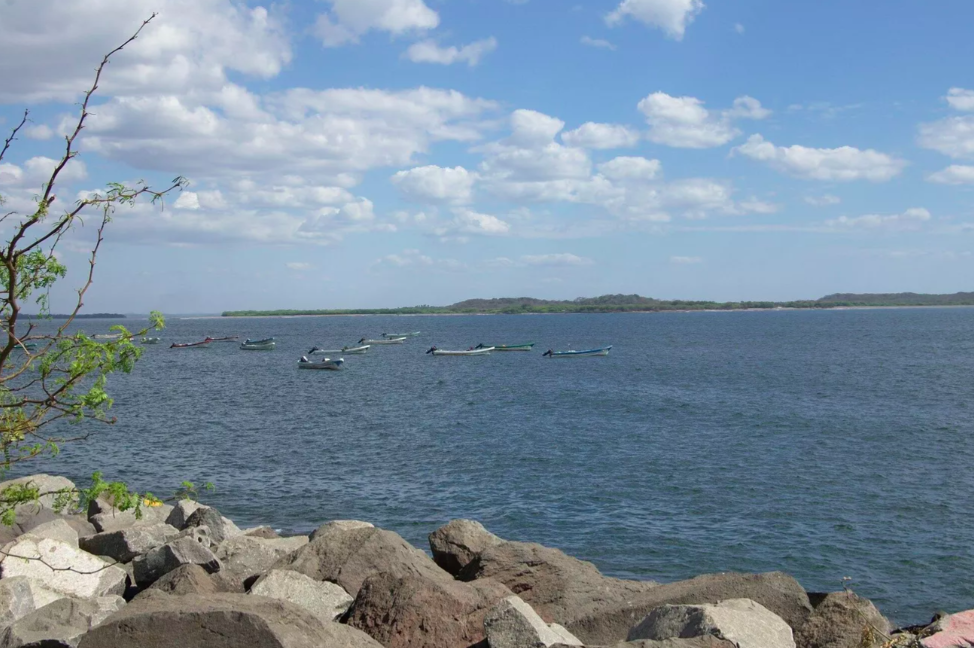The mega-project of the Grand Interoceanic Canal of Nicaragua has long ceased to monopolize press headlines.
Still, from time to time, it reappears, either in the voice of President Daniel Ortega or in a study of public opinion.
In an interview with Sputnik Agency, international analyst Leonardo González refers to the waterway as “the great dream of Nicaraguans”, and the phrase is proof of how it remains in the geopolitical imagination of part of his compatriots.

Also, the figures.
An opinion poll by the local firm M&R Consultores revealed in the first days of November that 74.5% of Nicaraguans still approve the construction of the Interoceanic Canal through their territory.
On the other hand, 25.5% rejected constructing the route linking the Caribbean Sea and the Pacific Ocean in a 278 kilometers long route south of Nicaragua, three times longer than the Panama Canal.
IMAGINARY
“In the imaginary of Nicaraguans remains the Grand Canal, which will come to be a work to solve many commercial and exchange problems that all peoples have because [already] another system is required since the previous one in this continent that depended on the Panama Canal has been surpassed”, commented the analyst expert in international law.
He insisted that the route through the Panamanian isthmus no longer covers global trade demand, and Nicaragua is ready to take on this challenge.
“We Nicaraguans are ready, and Commander [Ortega] has declared that the canal will be built, even though the phases of the work are not disclosed. I believe that all nations in the world, including the powers that be, are clear that this canal will be built,” González concluded.
President Ortega referred for the last time to the subject of the canal in his speech on September 15, 2022, on the occasion of patriotic dates (201 years of the Declaration of Independence).
“At some point in time, a canal will be a reality here in Nicaragua, why, because it is true, there is a canal through Panama, which has been expanded. But the demands of international traffic are so great that a canal through Nicaragua is necessary but a canal through Nicaragua for the people, peace, and the greater development of our country’s economy”, the President said.
Just one month and three days after winning his fourth consecutive presidential election, when reestablishing diplomatic relations with China on December 9, 2021, Ortega referred to the water route linking the Pacific with the Caribbean.
Relating the recently signed political agreement with the Asian giant, the President said: “there are projects that are alive, with a large company of the People’s Republic of China, the project of the great canal, you all remember it”.
A BIT OF HISTORY
On July 3, 2012, Nicaragua’s National Assembly (unicameral parliament) approved Law 840 (of the legal regime of the Grand Canal and Grand Canal Authority project).
A year later, the Legislative itself approved the concession (for 50 years and extendable for another half century) for the construction and administration of the waterway to the Hong Kong Nicaragua Canal Development Group, led by Chinese businessman Wang Jing, who would join other major international investors.
The investment was estimated at US$50 billion, would offer 50,000 jobs, and in five years of planned construction, would double the Central American country’s gross domestic product (GDP).
The 278-kilometer-long inter-oceanic connection would link the ports of Brito (on the Pacific) and Punta Gorda (Caribbean), employing a route that would cross Lake Cocibolca (with its 8,264 square kilometers, the third largest in Latin America).
The wet road was described by its promoters as the largest civil engineering project in the history of humanity.
On December 22, 2014, the protocol act of laying the first stone of the project took place at a point south of Nicaragua.
In the following two years, environmental impact studies and archaeological research, and the preservation of pre-Columbian artifacts found in the excavations advanced.
As time passed, the subject disappeared from the media, which occasionally revisits it.
President Ortega mentions it in a speech, or a pollster reflects the opinion of Nicaraguans on “the great dream” of serving as a link to the waters of the Pacific and the Caribbean.
With information from Sputnik

